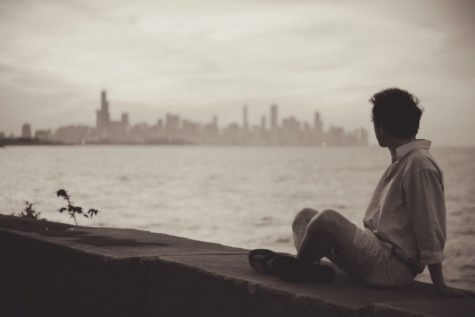PITTSBURGH — Young adults who use social media for at least two hours a day double their risk of feeling socially isolated, a new study finds.
The findings led lead author Brian A. Primack, M.D., Ph.D., director of Pitt’s Center for Research on Media, Technology and Health, to sound the alarm on the effect of too much social media in young people.
“This is an important issue to study because mental health problems and social isolation are at epidemic levels among young adults,” he says in a university news release.

Primack and his team examined questionnaires in 2014 from 1,787 Americans between the ages of 19 and 32. The surveys sought to see how often the participants logged onto the 11 most popular social networks and how much time a typical session would last.
The top social media platforms at the time were Facebook, YouTube, Twitter, Google Plus, Instagram, Snapchat, Reddit, Tumblr, Pinterest, Vine and LinkedIn.
The data was then plugged into the Patient-Reported Outcomes Measurement Information System (PROMIS), a tool that evaluates social and mental health in people of all ages, to measure the participants’ perceived social isolation.
Those who spent more than two hours a day on social media were twice as likely to show signs of social isolation than participants who spent no more than 30 minutes on the sites. Similarly, young adults who visited the sites at least 58 times in a week were triple the odds of feeling socially isolated than those who only logged onto social media nine times in a week. This held true even when demographic and other control factors were taken into consideration.
“We are inherently social creatures, but modern life tends to compartmentalize us instead of bringing us together,” says Primack, who is also the assistant vice chancellor for health and society in Pitt’s Schools of the Health Sciences. “While it may seem that social media presents opportunities to fill that social void, I think this study suggests that it may not be the solution people were hoping for.”
Primack and his team considered that social media use could potentially consume a person so much that there’s little time for them to enjoy personal, real-world socializing. But the amount of time spent seeing the lives of others could also spark feelings of exclusion or jealousy. Perhaps a user might see a celebration he or she wasn’t invited to; or simply viewing a person’s photos of a family vacation or other personal event could cause someone to believe their friend enjoys a happier, more fulfilled life than them.
“I don’t doubt that some people using certain platforms in specific ways may find comfort and social connectedness via social media relationships. However, the results of this study simply remind us that, on the whole, use of social media tends to be associated with increased social isolation and not decreased social isolation,” he says.
Elizabeth Miller, M.D., Ph.D., professor of pediatrics at Pitt and chief of the Division of Adolescent and Young Adult Medicine at Children’s Hospital of Pittsburgh of UPMC, believes it’s of course possible that the feelings of isolation may have preceded the social media use, and was in fact why the participants would then turn to the sites in the first place.
“Or it could be that their increased use of social media somehow led to feeling isolated from the real world. It also could be a combination of both,” she says. “But even if the social isolation came first, it did not seem to be alleviated by spending time online, even in purportedly social situations.”
Because Primack believes feelings of social isolation are at epidemic levels, both he and Miller suggest that doctors routinely survey patients on their social media use and keep an eye out for symptoms.
The study was published earlier this month in the American Journal of Preventive Medicine.

I’m retired now, but I taught high school for several years. It was easy to see what was happening as the social media craze began to land. I watched kids move from being vary gregarious to being completely self isolated in just a few years. The ironic thing to see develop was the “poorer” kids, or those whose parents refused to give in to the social media hype, became the new voices of the student body. It was just freaky to see evolve. The last year I taught, my loud, arrogant, brash freshman class from four years earlier had devolved into personal contact outcasts who had rather play with their smartphones than play sandlot softball or pretty much do anything physical. And that included just sitting and talking with their best friend. Few had true best friends but had dozens of shadow figure “friends” and “followers”. They could thumb up a storm, but asked to actually interact on a face to face basis was like asking them to shoot their dog.
I know I felt better when I just thought people were idiots but FB has removed all doubt.
“Social media”, all of it, is a sewer. There will never be anyone who, on their deathbed, laments “I wish I had spent more time on social media” – NEVER.